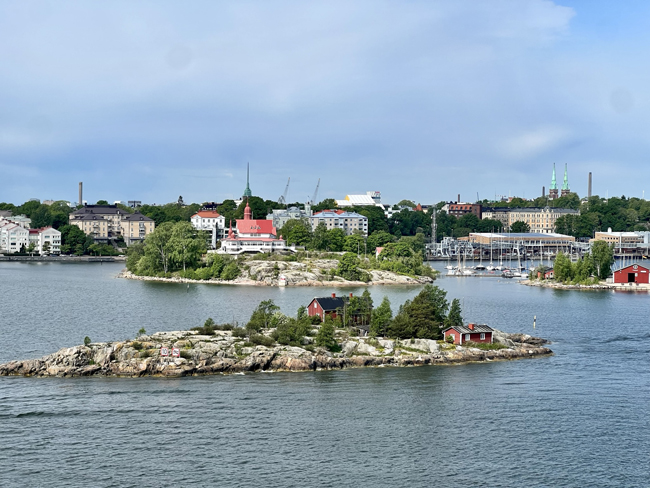A few years ago, CBS Sunday Morning presented a fascinating feature on the polar bears in Churchill, Manitoba. It’s safe to say that Lynn’s wanderlust was ignited, setting her sights on this frosty wonderland. Fast forward to a recent trip to Iceland where we had a chance encounter with a fellow adventurer who couldn’t stop raving about their mind-blowing experience in Churchill. Well, that was all the persuasion we needed to hit that “book now” button.
In our quest for arctic thrills, we booked our trip with Natural Habitat for a whirlwind 6-day escapade that started off in Winnipeg and ended in Churchill – aka the Polar Bear Capital of the World. As luck would have it, October to November is when these magnificent bears make their migratory journey to the coast in search of their favorite snack, the savory seal.
Winnipeg, Manitoba Canada
Now, before we got acquainted with the polar bears, we had a whole day to explore the charming city of Winnipeg. We took in the sights, soaked up the local vibes, and even treated ourselves to a local comedy show. It recently snowed so the city was beaming with winter vibes.




Churchill, Manitoba Canada
After a quick visit to Winnipeg, we embarked on a grand adventure to Churchill via a fancy-schmancy charter plane. Churchill is a tiny town of 900 residents hugging the western shore of Hudson Bay, nestled a whopping 620 miles north of Winnipeg.






It proudly flaunts its title as the “Polar Bear Capital of the World” because droves of polar bears flock to the area every October and November. Polar bears are known to uninvitingly roam the town from time to time, so residents keep their doors unlocked in case others need to duck inside. Warnings are posted at the airport so you are forewarned!

Lingering polar bears in town get trapped and are sentenced to 30 to 60 days in Polar Bear jail — no joke!
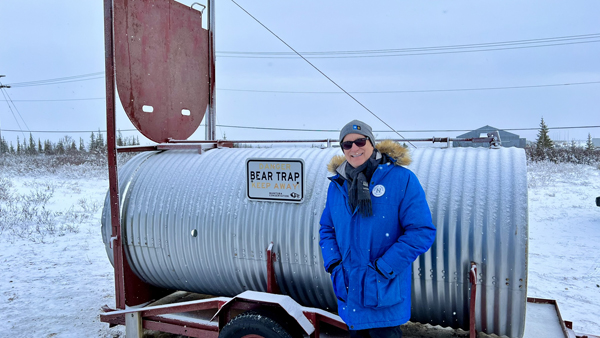


You can’t just waltz into Churchill like it’s a bustling metropolis. You either fly in or make your way on a 2 day train.
Now, let’s talk accommodation. We had a couple of interesting options. We could’ve shackled ourselves in a hotel in Churchill, traversing to the tundra every day to rub shoulders with polar bears. But no, we chose the wild side. We went all out and stayed in a top-notch tundra lodge, where we snoozed in snug den-like sleeping quarters. It had this cool rail-style setup, complete with a recreational lodge area and a fancy place to munch.



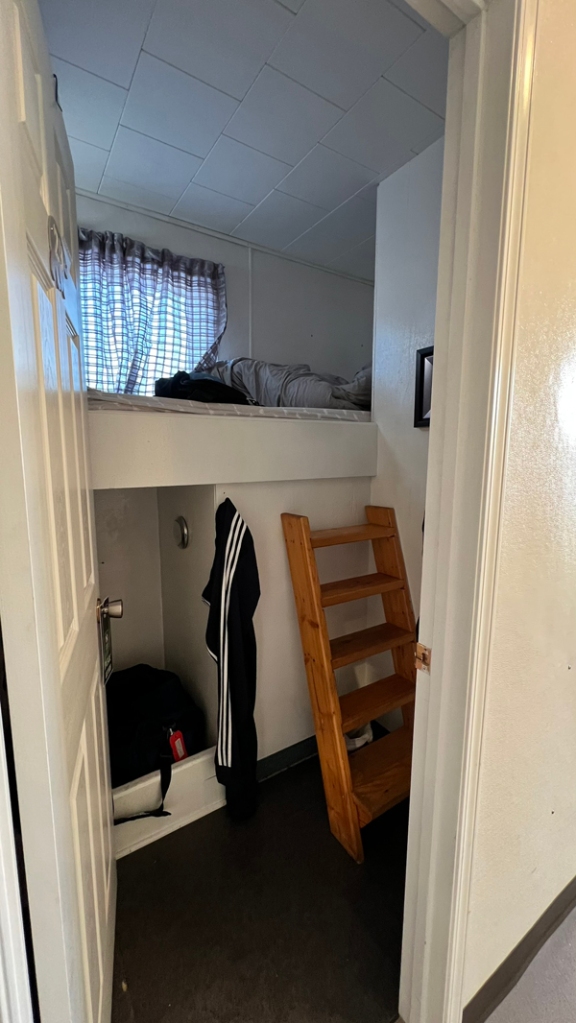
The Tundra Experience
Each morning, we were greeted by the majestic rising of the sun. And guess who else decided to join the party? A bunch of bears, casually lounging around our lodge like they owned the place.


One mischievous bear decided to turn the Tundra lodge into its own personal vacation spot! This bear had no plans to do anything other than sleep and stretch all day long.

After breakfast, we embarked on our Star Wars-inspired tundra buggy, on an exciting expedition to track down polar bears, artic fox, red fox and ptarmigan.

Lynn recorded a video of this curious bear either wanting to join us in the Tundra buggy for heat or make us his dinner.
Most mornings had this cloud-filled blanket of fog, like a giant’s fluffy duvet covering the land. It was a morning ritual of nature, putting on a spectacular and mystical light show just for us.
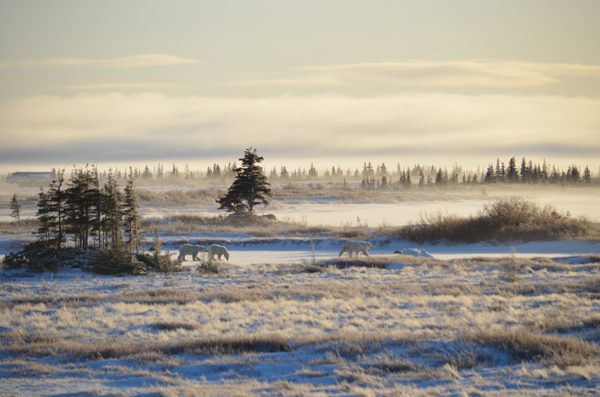



One of the highlights of the trip was seeing a mama bear with her triplets. Our guides said that triplets are pretty rare for polar bears so it made this sighting even more special.


Heading back to the Tundra Lodge at the end of the day, we were treated with the breathtaking beauty of a spectacular sunset.

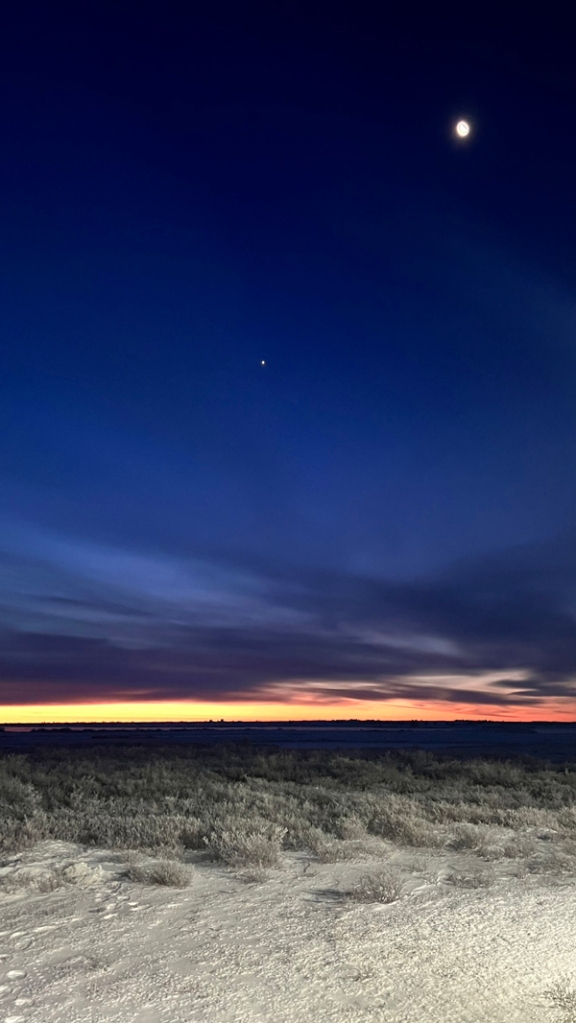
Little did we know that this was just the beginning of our incredible journey. Two out of the three nights also gifted us with a display of the mesmerizing Northern Lights.




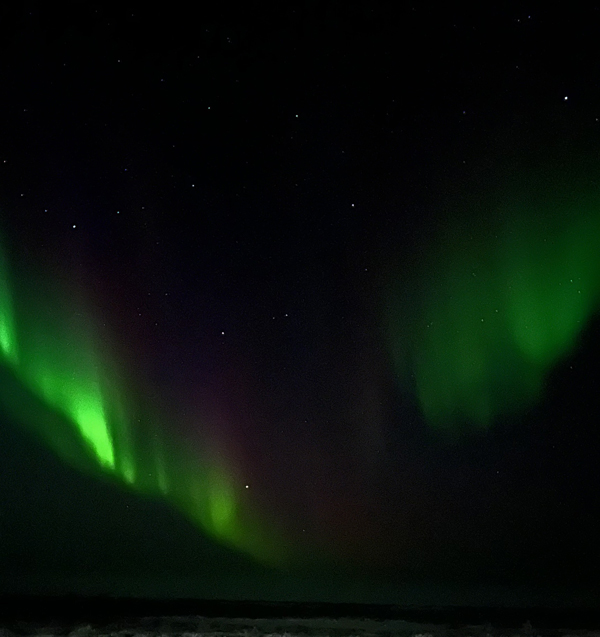
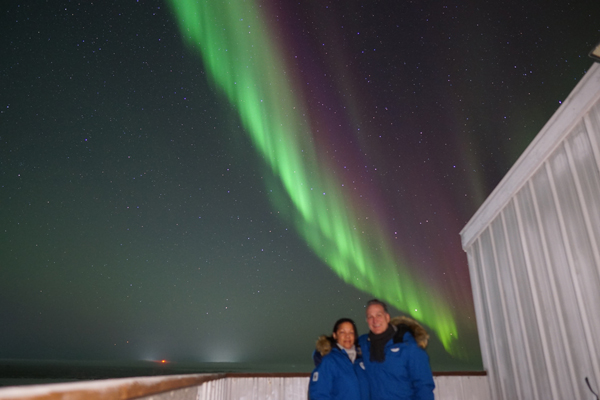
While we were out exploring the freezing Arctic, we had some unexpected encounters! The Polar Bears were already mind-blowing, but then mother nature decided to crank up the excitement. We stumbled upon this super cool Arctic fox who was trailing just behind a polar bear, a sneaky red fox who was hunting for dinner, and ptarmigans making themselves almost invisible in the snow.
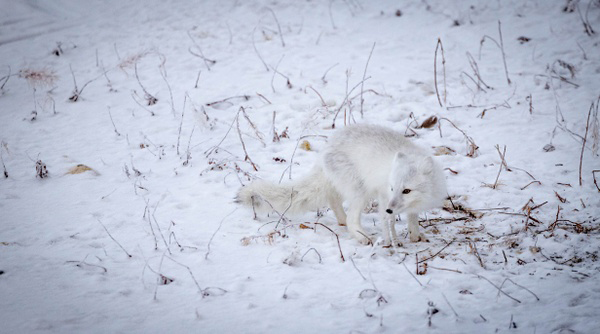
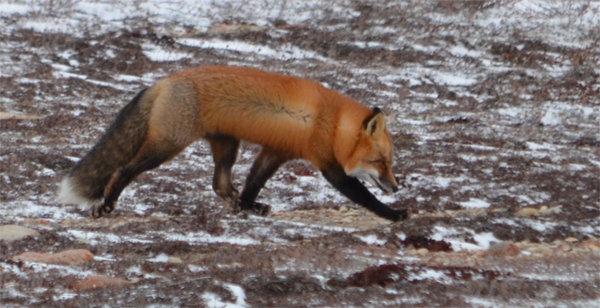
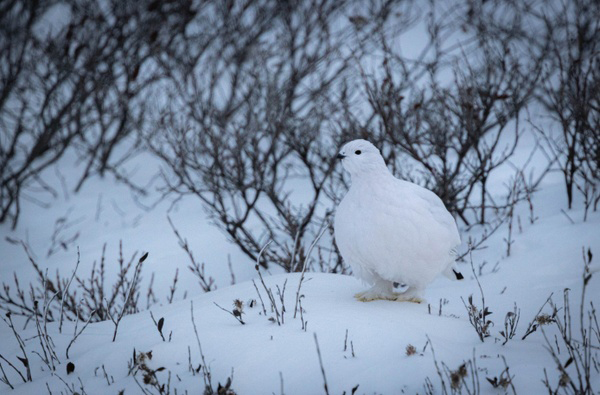

On the last day in Churchill, we eagerly hopped on a helicopter for an exhilarating flight over the Tundra. It was absolutely fascinating to observe it from above, especially after exploring its vastness in the Tundra buggy for several days. The unique perspective from the air truly added a new level of excitement to our adventure, especially since we spotted 23 additional polar bears from the sky.





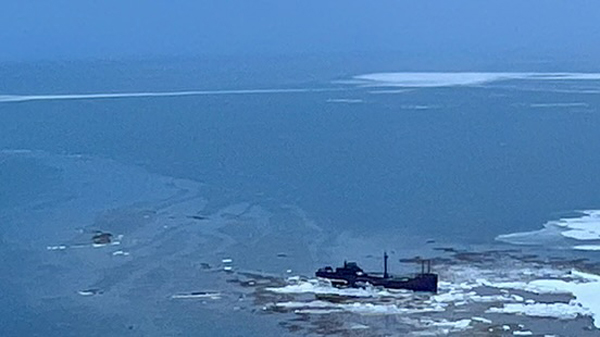
We also managed to squeeze in some time for an exhilarating dog sledding adventure with a local indigenous hero, Dave Daley!

Dave embarked on his incredible journey with the Hudson Bay Quest back in 2004, motivated by a strong desire to safely travel long distances with his loyal canine companions. And what better way to fulfill this dream than by organizing a remarkable 200-mile race!

During the first seven years of the race, Dave courageously journeyed north to Nunavut, taking on the incredibly dangerous and challenging terrain. However, due to the unpredictable weather caused by climate change, the route had to be altered. In 2010, he led his team of dedicated dogs all the way from Churchill to the heart of Winnipeg, the cherished homeland of the Métis people! This incredible pilgrimage allowed Dave, together with his faithful four-legged friends, to witness the breathtaking beauty of this province from one end to the other, gliding across the snow on the back of his trusty dog sled.




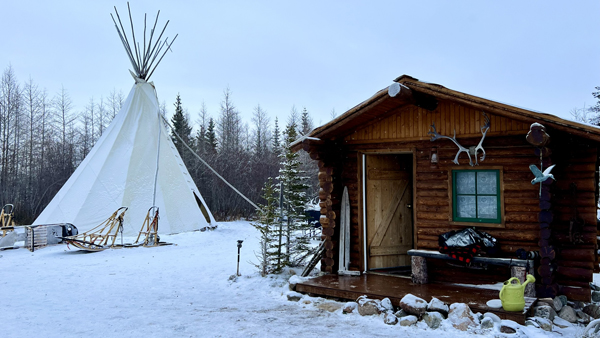
I’ll leave you with a few mesmerizing pictures (some mine and others shared by fellow travelers) that perfectly capture the essence of this incredible journey. Lynn and I unanimously agree that this trip easily makes it to the top 5 of our most memorable adventures. If you are considering embarking on this remarkable expedition next year, we wholeheartedly recommend choosing Natural Habitat Adventures as your trusted companion. Believe us, it’s the way to go!


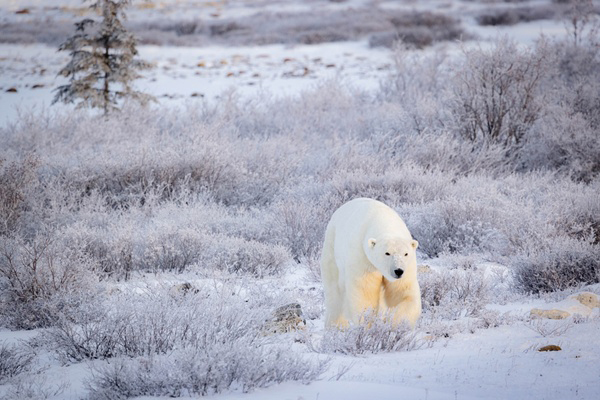



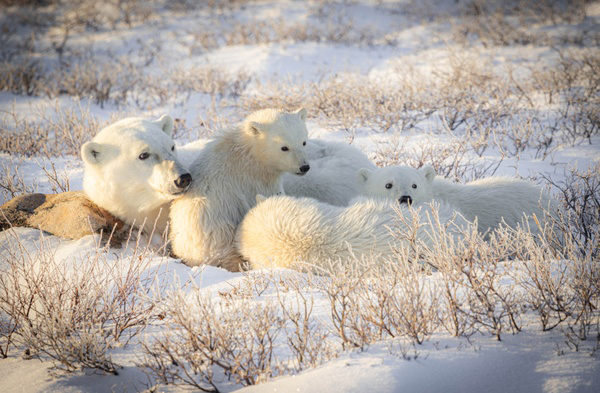
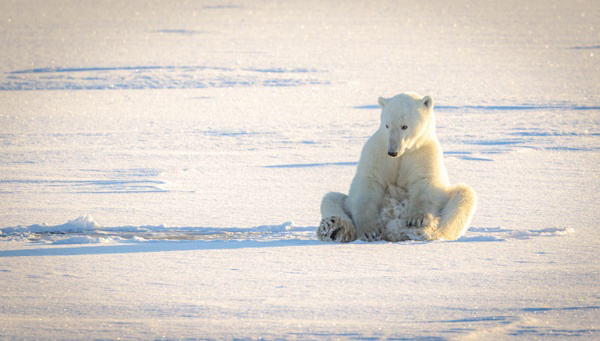


Want to Connect?
Follow me: Twitter | Facebook | LinkedIn
You can subscribe to this blog by placing your email in the top right area of the page.




















































































































































